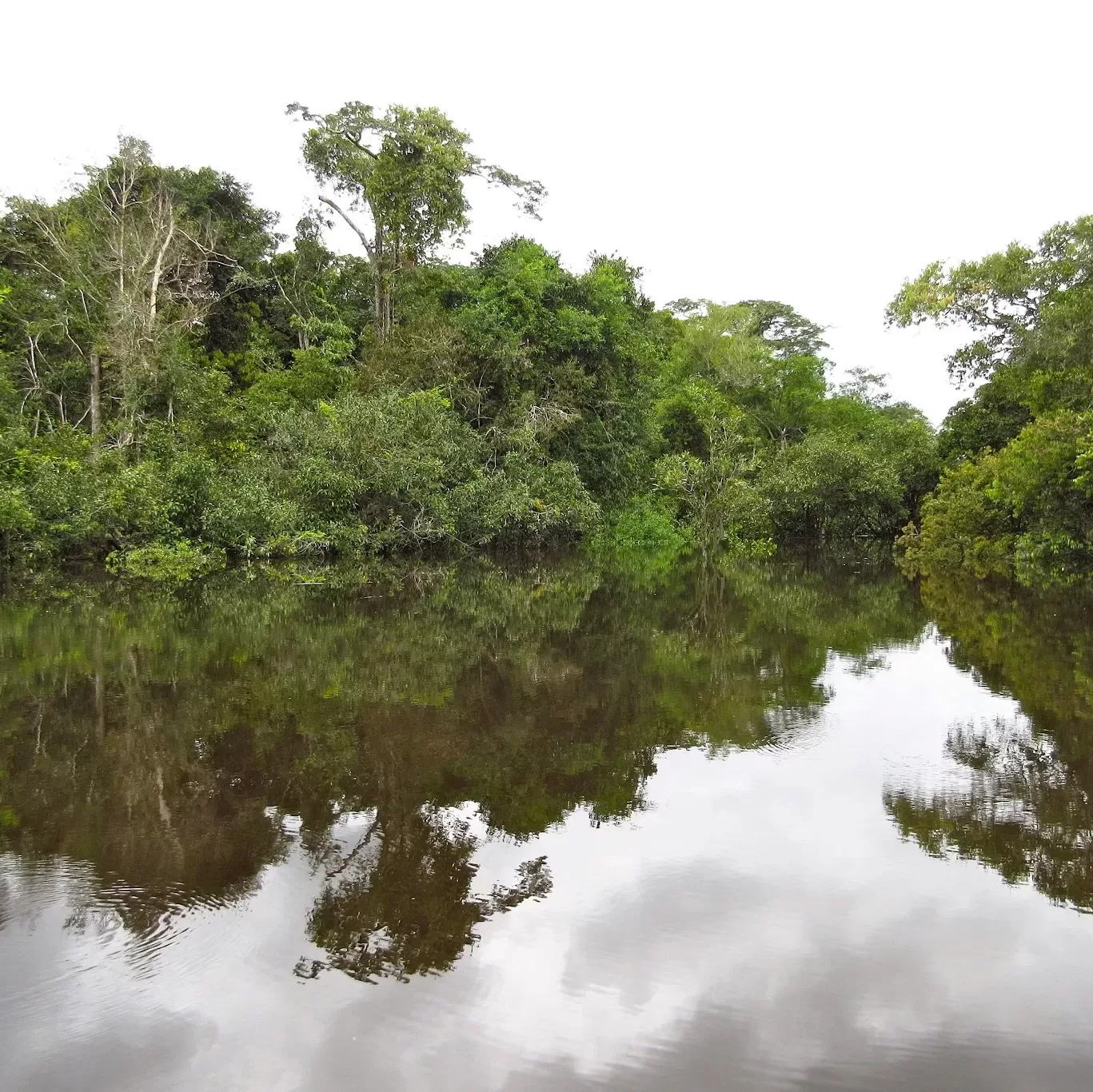
Learn about Oaxaca’s unique history, art, cuisine, and culture through these 10 interesting facts. Check out more information on Oaxaca, including how long to spend there, what and where to drink, and the best shopping, sights, markets, museums, graphic art galleries, hotels, and day trips from Oaxaca City.
10 Interesting Facts About Oaxaca
The name Oaxaca comes from the ancient Náhuatl word Huāxyacac, meaning place of the guaje trees, which are native to the region. When the Spanish conquerors arrived, they mispronounced the word Huāxyacac as wa-haka instead of the correct Aztec pronunciation of wah-she-YAH-cack.
Oaxaca has the largest indigenous population in Mexico, with 16 officially recognized indigenous groups. Each has distinct languages, customs, and traditions. 29.4% of Oaxacans speak an indigenous language. The most widely spoken indigenous dialect is Zapotec.
Oaxaca is one of the earliest known places where corn (maize) was first domesticated from a wild grass called teosinte about 10,000 years ago. Corn, beans, and squash form the “Three Sisters” agricultural method developed in ancient Mexico. They nourish each other when grown together and provide a nutritious diet that is the foundation of Oaxacan cuisine, rooted in indigenous traditions.
Oaxaca is known as the “Land of the Seven Moles.” Each has a unique blend of chiles, spices, and highly local ingredients. These sauces—negro, rojo, verde, coloradito, amarillo, manchamantel, and chichilo—originate from different regions and indigenous groups within Oaxaca. Mole negro is the most complex, with as many as 30 ingredients, including chocolate, dried chiles, nuts, and spices.
Mezcal is a spirit produced in Oaxaca for at least 400 years. It’s made by distilling wild or cultivated agave. Most mezcal in Oaxaca is handmade in small batches at family-run distilleries. Because of the vast number of agave plants in the region, the artisanal process, and the unique palate of each maestro mezcalero, or mezcal master, each small batch of Oaxacan mezcal is unique and diverse.
Oaxaca has nine ecosystems, ranging from lush forests to rugged mountains and arid deserts. It’s one of the most biodiverse states in Mexico, a country classified as among the most biodiverse in the world for possessing 12% of the Earth’s known species in just 1.5% of its land surface.
Oaxaca City is surrounded by indigenous villages with unique artisanal traditions famous throughout Mexico. San Martin Tilcajete specializes in alebrijes, Teotitlán del Valle in loom weaving, San Marcos Tlapazola in red clay pottery (my favorite!), and Santa María Atzompa in green-glazed pottery.
Most of Oaxaca’s indigenous communities exercise their right to autonomy through the usos y costumbres system. They self-govern according to ancestral traditions and customs based on communal government, work, and celebrations that preserve their indigenous culture and identity.
Oaxaca is home to one of the world’s most unique artisan traditions. Since 1897, every December 23rd, Oaxaqueños compete in the Night of the Radishes. Artisans from all over the state carve massive radishes into intricate red, pink, and white-toned sculptures that depict indigenous culture, mythical creatures, ancient gods, animals, and religious themes, given the Christmas holidays!
Oaxaca has a long tradition of resistance, from indigenous uprisings against the Spanish to the 2006 teacher strikes that turned into a major social movement throughout the state. That culture is visible in Oaxaca’s streets. The city has a thriving street and graphic art scene, blending political activism with traditional indigenous themes to create dialogue and act as a form of civic resistance.




Leave A Comment